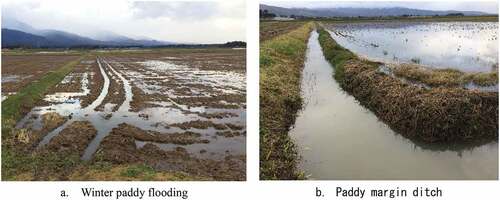Figures & data
Figure 1. Levers and leverage points for pathways to realize biodiversity vision.

Figure 2. Multi-level perspectives framework.
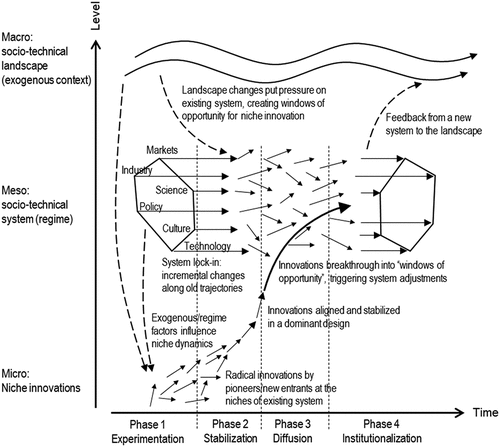
Figure 3. Crested ibis searching feed animals on a rice paddy. photo by ministry of the environment, Japan.
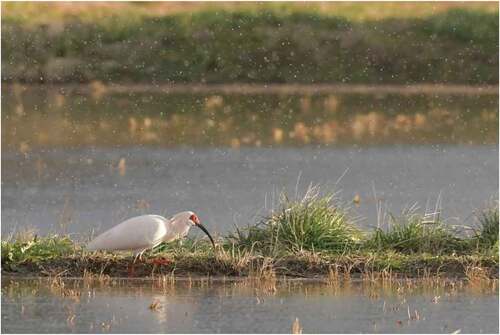
Figure 4. Location of and land use on Sado Island.
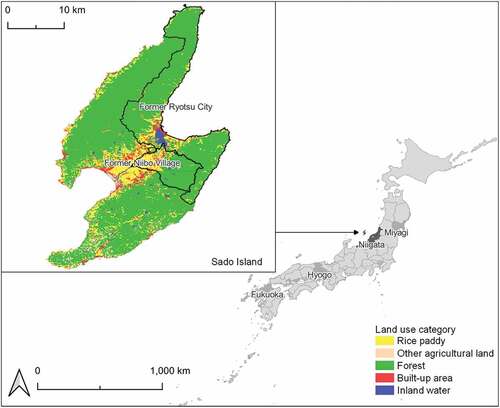
Figure 5. Transformative change phase division based on the progress of crested ibis breeding and rewilding and the production of the certified rice.
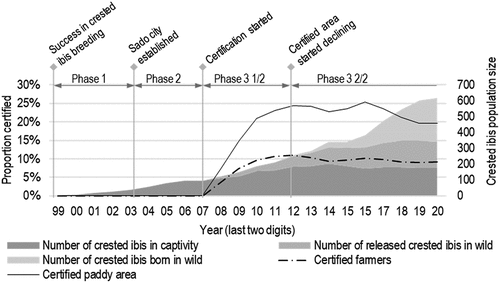
Table 1. Key informants interviewed and their role in the crested ibis rice certification system.
Figure 6. Timeline of the major events that contributed to the development and diffusion of the crested ibis rice certification scheme.

Table 2. Stakeholders and committees that played important roles in the crested ibis rice certification scheme.a
Table 3. The crested ibis rice certification standards.
Table 4. The criteria and unit price of the national and the Sado City’s direct payment schemes.
Figure 8. The volume of the crested ibis-certified rice delivered to and shipped from JA Sado, as compared to the total staple rice delivery, and the certification price premium.

Figure 9. Chronological change in the adoption of different conservation farming methods, paddy area and in farmers under the crested ibis rice certification scheme (a) and the national direct payment scheme (b).
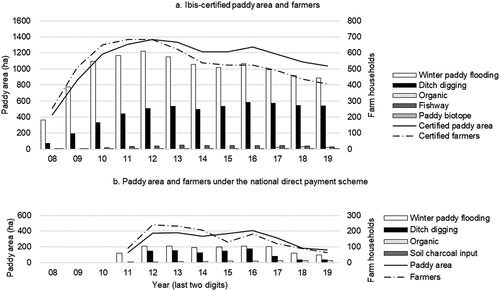
Figure 10. Interactions between exogenous factors, levers and leverage points that pushed forward or hampered the TC in paddy rice system in Sado.


